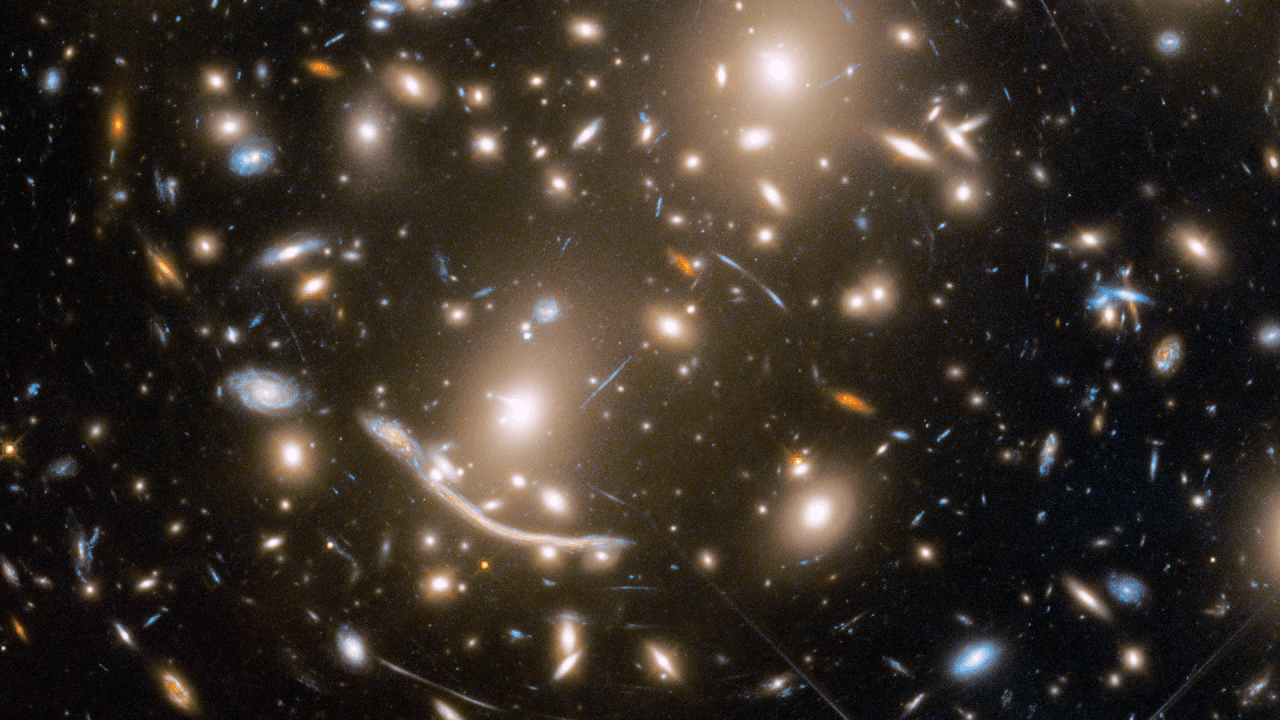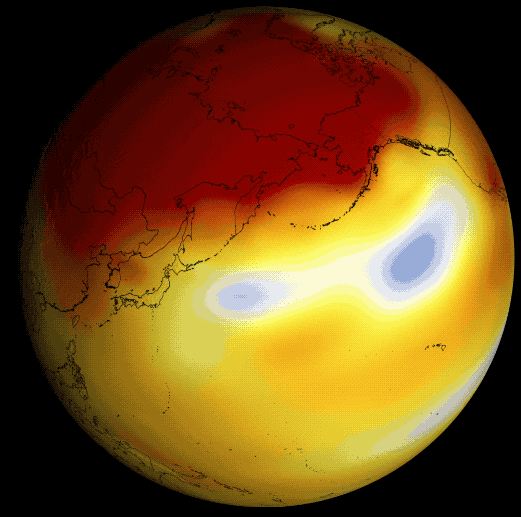Finding a star in space is relatively easy since they emit a lot of light. They are practically illuminating the Cosmos. Stars are a lot easier to find compared to planets or, not to mention, black holes. But finding a star just hours after its explosion is indeed remarkable.
Stars die in a fabulous unleash of energy called a supernova. The phenomenon can be as big and bright as an entire galaxy. ScienceAlert informs the world about an important discovery by an international team of scientists, as they were able to measure the flash of light that was emitted by a supernova at three different points in time.
11.5 billion light-years away from Earth
The star in question is located 11.5 billion light-years away from us. That makes the space object far enough for humans to never be able to analyze it in detail using a powerful telescope, not to mention to ever be able to go there physically.
The galaxy cluster known as Abell 370 was blocking astronomers’ view of the supernova. However, Abell 370 is a lot closer to our planet, being located at ‘only’ 4 billion light-years away.
Astronomers have captured an image of 1 supernova at 3 different points in the explosion.
And here's the trick to it. The supernova was located behind the giant galaxy cluster Abell 370. The giant cluster’s immense gravity warped the space around itself, creating a phenomenon 1/ pic.twitter.com/iExPJ3e3Oc
— Erika #PlanetaryDefense (@_AstroErika) November 11, 2022
Here’s a part taken from the abstract of the new research in question:
The supernova, seen at a lookback time of approximately 11.5 billion years, is strongly lensed by an early-type galaxy in the Abell 370 cluster. We constrain the pre-explosion radius to be 533+154−119 solar radii, consistent with a red supergiant. Highly confined and massive circumstellar material at the same radius can also reproduce the light curve, but because no similar low-redshift examples are known, this is unlikely.
The Abell 370 galaxy cluster is also located in the constellation Cetus, the Sea Monster. Several hundred galaxies exist only in the core of the cluster.
The new study was published in Nature.












Leave a Reply